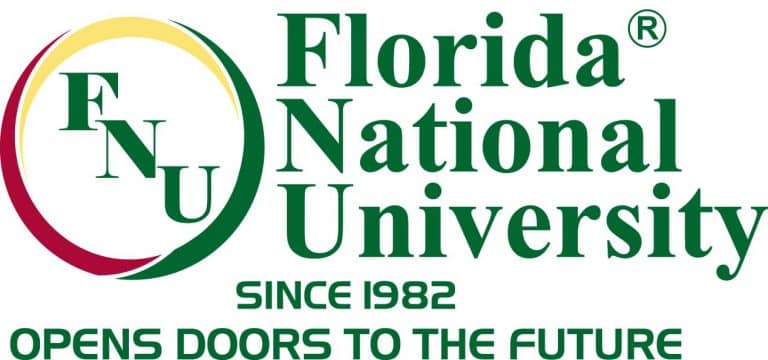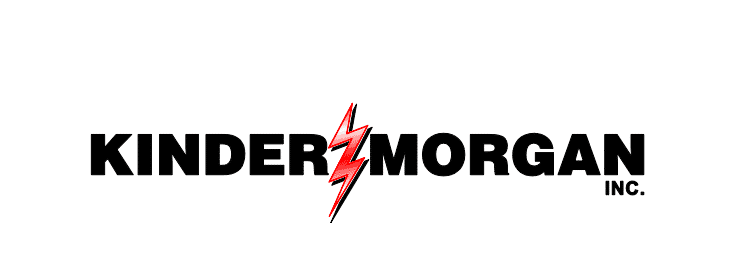When it comes to marketing, getting your webpage as high up on the Google search results page is critical for success. There are a variety of techniques to attempt to accomplish this, many of which we have written about here at Next Level Marketing. One easy way to get your rankings up is through meta descriptions. While not a direct way to get your website to climb the Google Page Rankings, having excellent meta descriptions can quickly boost your site’s prominence by enticing visitors to click through to your webpage. But what exactly are meta descriptions and what advice is there for crafting the perfect ones? Here is Next Level Marketing’s guide on how to write meta descriptions.
What Are Meta Descriptions For?

Meta descriptions are a small snippet of information designed to get people to click on your site. Meta descriptions are brief descriptions that are placed in the HTML of a webpage, they describe the content of the page. These are displayed below links to your site on search engines, like Google, as well as when your links are shared through social media platforms.
Google claims that meta descriptions have no direct benefit when it comes to While Google’s Page Rankings algorithm rankings, but this is slightly misleading. Because, while Google doesn’t explicitly reward quality meta descriptions, it does reward a webpage’s click-through rate (CTR), something good meta descriptions can directly influence.
Meta descriptions are essential for getting people to visit your site. If your description entices readers, they are more likely to click your link to see what you have to offer – and the more people that click on your result, the more likely Google is to move your page up the rankings.
What Makes a Good Meta Description?
Now that you understand how important a good meta description can be to your web pages, how do you go about creating compelling descriptions that people will actually click on?
Mirror the Content
Misleading meta descriptions can negatively affect your webpage’s ranking. Google is great at finding pages that mislead and trick visitors, having such pages your website is not a good idea. Further, having incorrect information in your meta description can have a serious negative impact on who is, and isn’t, clicking on your website. For these reasons – and many others – is crucial to have the content of your meta descriptions match that of your webpage.

Focus Keyword
Having the focus keyword in your meta descriptions means Google may highlight the keywords, making your meta descriptions and links much more enticing. This is a sure-fire and easy way to make your search results pop out just that little bit more.
Keep the Character Count Down
Google seems to constantly be changing the acceptable length of meta descriptions. Recently, the length has been shortened from 170 characters to 150. Of course, your meta descriptions can shorter – or much longer – than these limits if you choose, but anything over 150 will most likely result in your descriptions being cut off with ellipses (…). The actual length of a meta description should be can also be affected by several other factors, such as Google adding the date to an article. Therefore, it’s best to keep a close eye on how your meta descriptions appear in the actual search results.
Written in An Active Voice
It may seem obvious but writing in a passive voice can seriously turn visitors off from your webpage. Active voices convey – you guessed it! – a sense of action and urgency. A meta description is an open invitation to your webpage. Would you visit a webpage which tells you that you should maybe visit? Of course not! Yoast offers an excellent example of what an active meta description should look like:
Include A Call to Action (CTA)
A good meta description not only offers insight into what your webpage has to offer, but it’s your pitch to get people to click. A convincing and concise call to action is essential to getting visitors to your site. Some good examples of effective CTAs include:
- Find out more!
- Try now for free!
- Click to learn more
- Get it now
Use Rich Snippets
If you are looking to make your webpage stick out just that little bit more, consider using schema markup to add a little more pizazz to your snippet. Some clever examples of things you can add to attract eyes can include:
- Star ratings
- Customer ratings
- Product info
Take Your Company’s Web Pages to the Next Level!
Designing a website can be a tricky proposition. From meta descriptions to site layout and marketing, making sure everything is just right can seem daunting. If you find yourself needing a little assistance, Next Level Marketing is here to help!
If you’re thinking about overhauling your website or marketing, now is the perfect time to partner with a team as dedicated to building your business as you are. Our experienced marketing team will work exclusively with you to discover what sets you apart, create a compelling strategy to dynamically develop your business visibility and awareness and take a holistic, evolutionary approach to deliver exceptional results continually.
We have our own proprietary tracking software, which allows us to monitor our digital marketing through a number of verticals – meaning we can track:
- Location Tracking – where are your users coming from?
- Behavior Monitoring – how do they engage with your site?
- Demographic Monitoring – What types of people are using your site (age, gender, etc.)
- Conversion Tracking – we can track digital conversions down to the keyword level
- ROI – clickthrough ratio, conversions, site ranking, etc.
These metrics allow us to understand how your keywords are ranking and leading to conversions; how to eliminate wasteful spending; and how to initiate changes to increase the effectiveness of your site.
So, if you’re ready to take your business to the next level, give us a call today at 1(844) SEM-NEXT (736-6398) for a free consultation.






















